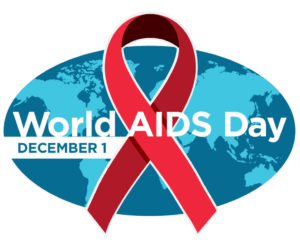World AIDS Day
 Dec. 1 is the annual World AIDS Day, an opportunity to unite in the fight against HIV, to show support for people living with HIV, and to commemorate those who have died from an AIDS-related illness. Founded in 1988, World AIDS Day was the first-ever global health day.
Dec. 1 is the annual World AIDS Day, an opportunity to unite in the fight against HIV, to show support for people living with HIV, and to commemorate those who have died from an AIDS-related illness. Founded in 1988, World AIDS Day was the first-ever global health day.
There is no cure for HIV infection. However, with increasing access to effective prevention, diagnosis, treatment, and care, including for opportunistic infections, HIV infection has become a manageable chronic health condition, enabling people with it to lead long and healthy lives. There were an estimated 37.7 million people living with HIV at the end of 2020.
Since it was first reported in the early 1980s, more than 36.3 million people have lost their lives to AIDS-related illness. Division, disparity, and disregard for human rights are among the failures that have allowed HIV to become and remain a global health crisis. Now, COVID-19 is exacerbating inequities and disruptions to services, making the lives of many people living with HIV more challenging.
The theme of World AIDS Day 2021 is “End inequalities. End AIDS,” with a focus on reaching people left behind. But ending inequalities requires transformative change. Political, economic, and social policies need to protect the rights of everyone and pay attention to the needs of disadvantaged and marginalized communities.
Thomas Lee
Assistant Director for Gender and Sexuality Programs